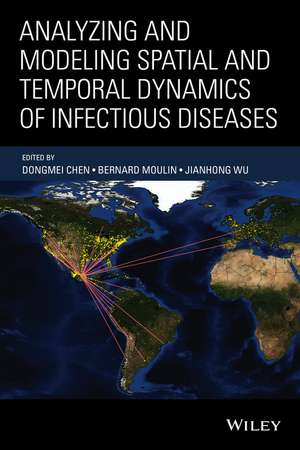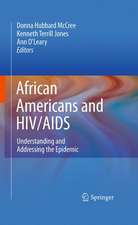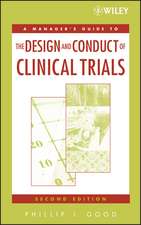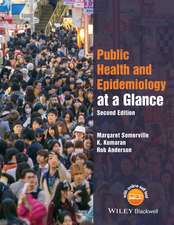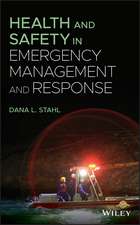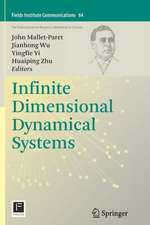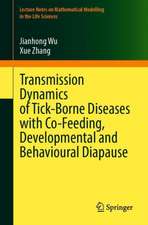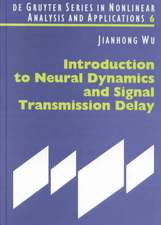Analyzing and Modeling Spatial and Temporal Dynamics of Infectious Diseases
Autor D Chenen Limba Engleză Hardback – 5 ian 2015
Preț: 920.26 lei
Preț vechi: 968.70 lei
-5% Nou
Puncte Express: 1380
Preț estimativ în valută:
176.09€ • 184.35$ • 145.70£
176.09€ • 184.35$ • 145.70£
Carte tipărită la comandă
Livrare economică 07-21 aprilie
Preluare comenzi: 021 569.72.76
Specificații
ISBN-13: 9781118629932
ISBN-10: 1118629930
Pagini: 496
Dimensiuni: 156 x 234 x 30 mm
Greutate: 0.87 kg
Editura: Wiley
Locul publicării:Hoboken, United States
ISBN-10: 1118629930
Pagini: 496
Dimensiuni: 156 x 234 x 30 mm
Greutate: 0.87 kg
Editura: Wiley
Locul publicării:Hoboken, United States
Public țintă
Analyzing and Modeling Spatial and Temporal Dynamics of Infectious Diseases is an excellent resource for researchers and scientists who use, manage, or analyze infectious disease data, need to learn various traditional and advanced analytical methods and modeling techniques, and become aware of different issues and challenges related to infectious disease modeling and simulation. The book is also a useful textbook and/or supplement for upper–undergraduate and graduate–level courses in bioinformatics, biostatistics, public health and policy, and epidemiology.Cuprins
Notă biografică
Dongmei Chen, PhD, is Associate Professor in the Department of Geography and Director of the Laboratory for Geographic Information and Spatial Analysis at Queen's University, Canada. Bernard Moulin, PhD, is Professor in the Department of Computer Science and Software Engineering at Laval University, Canada. Jianhong Wu, PhD, is Canada Research Chair and University Distinguished Research Professor in the Department of Mathematics and Statistics and Director of the Center for Disease Modeling at York University, Canada.
Descriere
Features peer-reviewed chapters written by leading experts, Spatial and Temporal Dynamics of Infectious Diseases sheds new light on recent research and methodology on the spread of infectious diseases.
